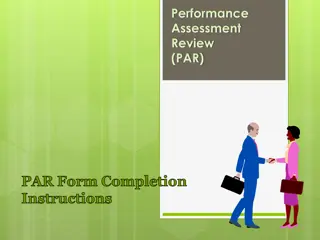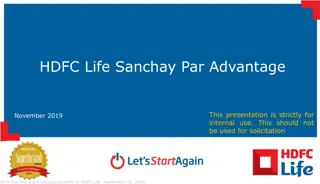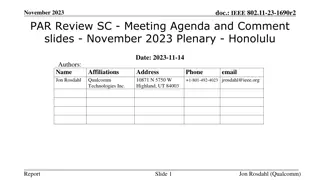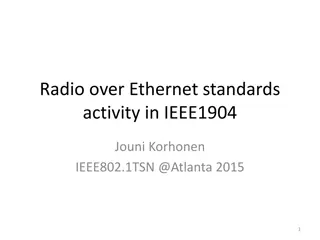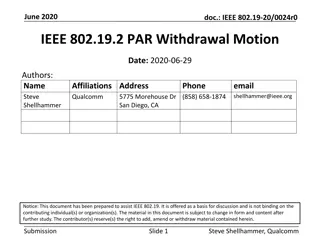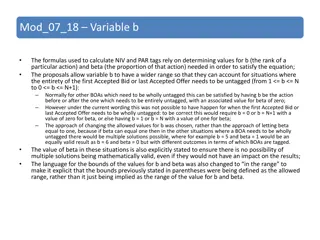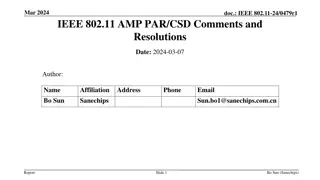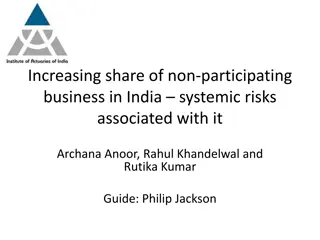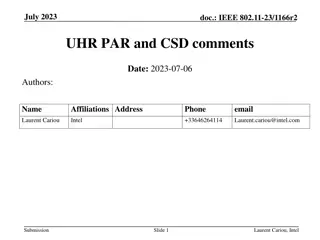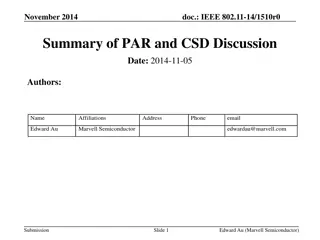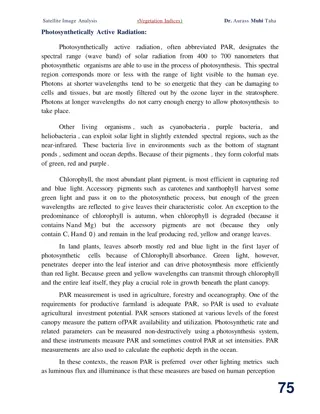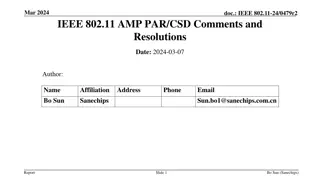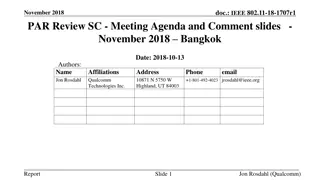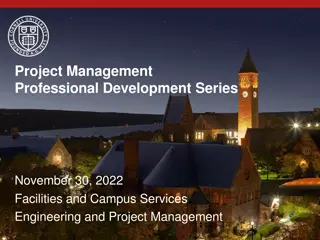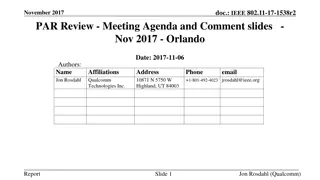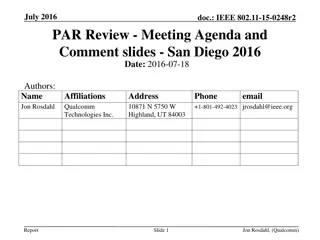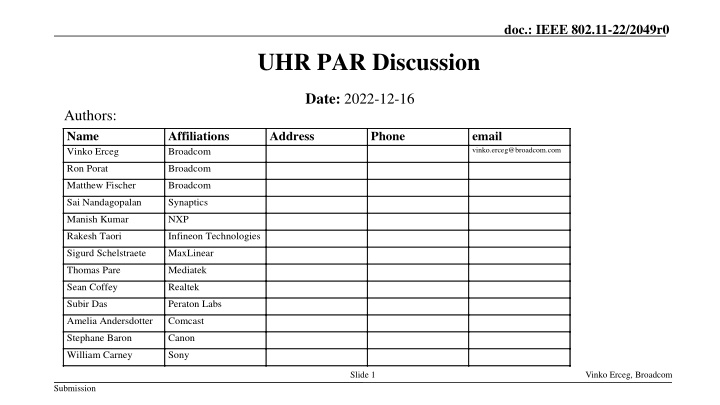
UHR PAR Discussion on IEEE 802.11-22/2049r0
Explore the promising features considered by the UHR group for IEEE 802.11-22/2049r0, focusing on multi-AP coordination, beamforming, MCS enhancements, TB puncturing, MU-MIMO, MLO enhancements, and more. Key discussions revolve around advancing technology for enhanced connectivity and performance in wireless networks.
Download Presentation

Please find below an Image/Link to download the presentation.
The content on the website is provided AS IS for your information and personal use only. It may not be sold, licensed, or shared on other websites without obtaining consent from the author. If you encounter any issues during the download, it is possible that the publisher has removed the file from their server.
You are allowed to download the files provided on this website for personal or commercial use, subject to the condition that they are used lawfully. All files are the property of their respective owners.
The content on the website is provided AS IS for your information and personal use only. It may not be sold, licensed, or shared on other websites without obtaining consent from the author.
E N D
Presentation Transcript
doc.: IEEE 802.11-22/2049r0 UHR PAR Discussion Date: 2022-12-16 Authors: Name Vinko Erceg Affiliations Broadcom Address Phone email vinko.erceg@broadcom.com Ron Porat Broadcom Matthew Fischer Broadcom Sai Nandagopalan Synaptics Manish Kumar NXP Rakesh Taori Infineon Technologies Sigurd Schelstraete MaxLinear Thomas Pare Mediatek Sean Coffey Realtek Subir Das Peraton Labs Amelia Andersdotter Comcast Stephane Baron Canon William Carney Sony Slide 1 Vinko Erceg, Broadcom Submission
doc.: IEEE 802.11-22/2049r0 Outline Promising features for UHR - Mostly presented already in WNG SC and UHR SG or discussed in 11be but weren t adopted - Some new added PAR Discussion Submission Slide 2
doc.: IEEE 802.11-22/2049r0 Promising Features To be Considered by UHR (1) Multi-AP Time/Frequency/Power coordination C-TDMA C-OFDMA C-SR Joint Beamforming and Nulling (spatial coordination) Joint Transmission (JT) Support for 16 antennas and Lower CSI feedback High QAM Constellation shaping Simple HARQ (? needs discussion, only if low complexity) Improved Link Adaptation Fast feedback Additional MCSs for denser grid Multilayer transmission Submission Slide 3
doc.: IEEE 802.11-22/2049r0 Promising Features To be Considered by UHR (2) TB Punctured PPDU BW Expansion 240MHz in 5GHz Band 480MHz in 6GHz Band 640MHz in 6GHz Band (? needs discussion) MU MIMO + OFDMA Although designed in 11ax didn t reach the market, consider mandating several options Longer Range PHY mode Secondary Channel Access Protocol A-PPDU Aggregation BA Modification eMLSR extensions to AP/mobile AP As opposed to only STAs in 11be Wide BW APs Submission Slide 4
doc.: IEEE 802.11-22/2049r0 Promising Features To be Considered by UHR (3) MLO Enhancements Including wider 5GHz/6GHz Bandwidths Increased throughput Increased reliability Decreased latency Enhanced Power Save AP power management improvements Enhanced P2P Lightly Licensed Spectrum Relay networks (with focus on STA) Latency and Reliability enhancements TxBF improvements Submission Slide 5
doc.: IEEE 802.11-22/2049r0 Promising Features To be Considered by UHR (4) Interference mitigation/cancellation Improved performance in low PSD regulatory domains Roaming improvements AI/ML Submission Slide 6
doc.: IEEE 802.11-22/2049r0 Higher Throughput Easily Achieved High Throughput does not have to be a primary goal of UHR, but here it is in plenty: Assuming 640MHz total BW (in 5GHz + 6GHz bands) 160MHz + 480MHz For 4 spatial streams results in 23.2Gbps For 16 spatial streams results in 92.8Gbps Assuming 560MHz total BW (in 5GHz + 6GHz bands) 240MHz + 320MHz For 4 spatial streams results in 20.4Gbps For 16 spatial streams results in 81.6Gbps Maximum aggregated throughput of at least 60Gbps may be a reasonable target in UHR PAR (in the case UHR SG decides to include target number) 2 x 802.11be PAR requirement Submission Slide 7
doc.: IEEE 802.11-22/2049r0 RvR Enhancement Beside peak throughput, better rate-vs-range (RvR) improves the throughput at different SNR levels, extends range, and enhances reliability RvR enhancement should be one important metric for UHR PAR Multiple candidate techniques support the RvR enhancement Finer MCS grid Relay communications Long range PHY mode MIMO/TXBF enhancement Interference mitigation Submission Slide 8
doc.: IEEE 802.11-22/2049r0 PAR Discussion All features in the previous slides are achievable below 7.250GHz Even a subset will make a strong and marketable next generation standard - Targeting primarily reliability and latency with throughput increase Example - Scope of the project PAR Section (usually 5.2.b) This amendment defines standardized modifications to both the IEEE Std. 802.11 physical layers (PHY) and Medium Access Control Layer (MAC) that enable at least one mode of operation capable of increasing throughput [maximum aggregated throughput of at least 60 Gbps], as measured at the MAC data service access point (SAP), with carrier frequency operation between 1 and 7.250 GHz while ensuring backward compatibility and coexistence with legacy IEEE Std. 802.11 compliant devices operating in the 2.4 GHz, 5 GHz, and 6 GHz bands. This amendment defines at least one mode of operation capable of improved worst case latency and jitter over 802.11be amendment. This amendment also defines rate-vs-range (RvR) enhancement at different SNR levels, mechanisms for enhanced power save and improved P2P support. Submission Slide 9

